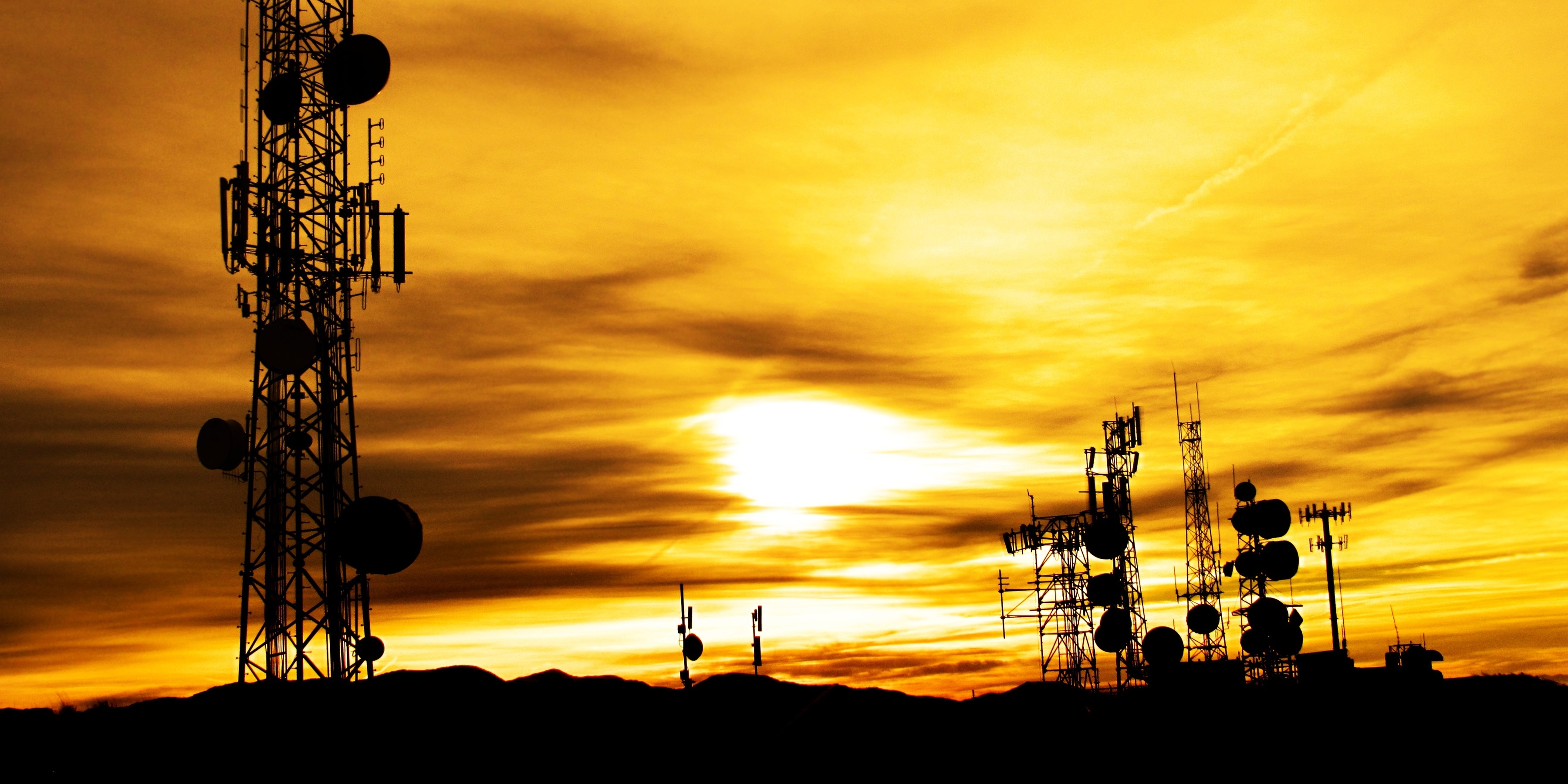Why Tive, Why Now: 3 Technologies Enabling Supply Chain Visibility Today
August 7, 2017
February 5, 2024
x min read

In the world of supply chains, visibility is key. Visibility means you can deliver what you promised, when you promised, and react quickly when delays or accidents occur.
In the past, supply chain visibility was limited by fundamental technological constraints, but today, three key advances are enabling new levels of risk reduction and operational efficiency.
Cloud Computing Infrastructure
The first key enabling factor is the development of cloud computing. Cloud computing refers to thepublic infrastructure for sending data, which includes servers, storage, and other configurable computing resources that anyone can use on-demand. Cloud computing infrastructure is critical because it dramatically reduces power requirements for devices that use it. When data can be sent directly to the cloud for processing and analysis, there is no need for high computation power on the device itself. The device is only responsible for sensing and transmitting data, while analysis is done elsewhere. This means that cloud-connected devices can use less power and last longer.
Global Cellular Networks
The ability to send data and thus reduce power requirements for connected devices is critical. But the cloud alone is not enough. The second key enabling factor is the establishment of a global network that lets us access the cloud and benefit from the advantages of cloud computing wirelessly. Over the last several years, we have seen an explosion in cellular network infrastructure, enabling connectivity in even the most remote of locations and allowing you to transmit data anytime, anywhere.
This global connectivity is a necessity to achieve true visibility into a global supply chain. Relying on disconnected or incomplete networks like logging on arrival and departure, or contacting individual logistics providers, fundamentally limits data and limits insight. The cellular network provides more comprehensive coverage than any previously existing communication framework, enabling reliable global coverage for wireless data transmission. Moreover, recent advances in cellular communication frameworks have dramatically reduced the power needed to transmit data, optimizing the infrastructure for use with low-power connected devices.
Low Power Sensor Hardware
But it’s not just about the network -- ultimately, you need to be able to build a useful device on top of that network infrastructure. One of the most critical recent advances when it comes to connected devices is the development of low-power sensing and transmission hardware. To track shipments across a global supply chain, you may need to stay connected for months at a time while the shipment traverses ocean, air, and land. Even with data transmission optimized for low power and data analysis relegated to the cloud, such a long lifetime is only possible if the device consumes power at an extremely low rate.
In the past, this was prohibitive to many supply chain applications, as many journeys are far longer than traditional battery-powered devices can last. But today, chips with low power consumption rates are enabling devices capable of lasting up to six months on a single charge. This offers a previously impossible degree of visibility into a complex, global supply chain.
Now Is The Time For Tive
Combine all three factors and you have an environment in which sensors can transmit data wirelessly, stay connected all around the world, and keep tracking for months at a time. In other words, you have the perfect environment for the Tive multi-sensor tracker and software platform. Tive is taking advantage of these advances in technology and infrastructure to bring a whole new level of visibility to the modern supply chain, increasing efficiency, decreasing costs, and creating insights unlike anything that’s ever been possible before.
Want to learn more? Sign up for our newsletter today to get all the latest news from Tive.


